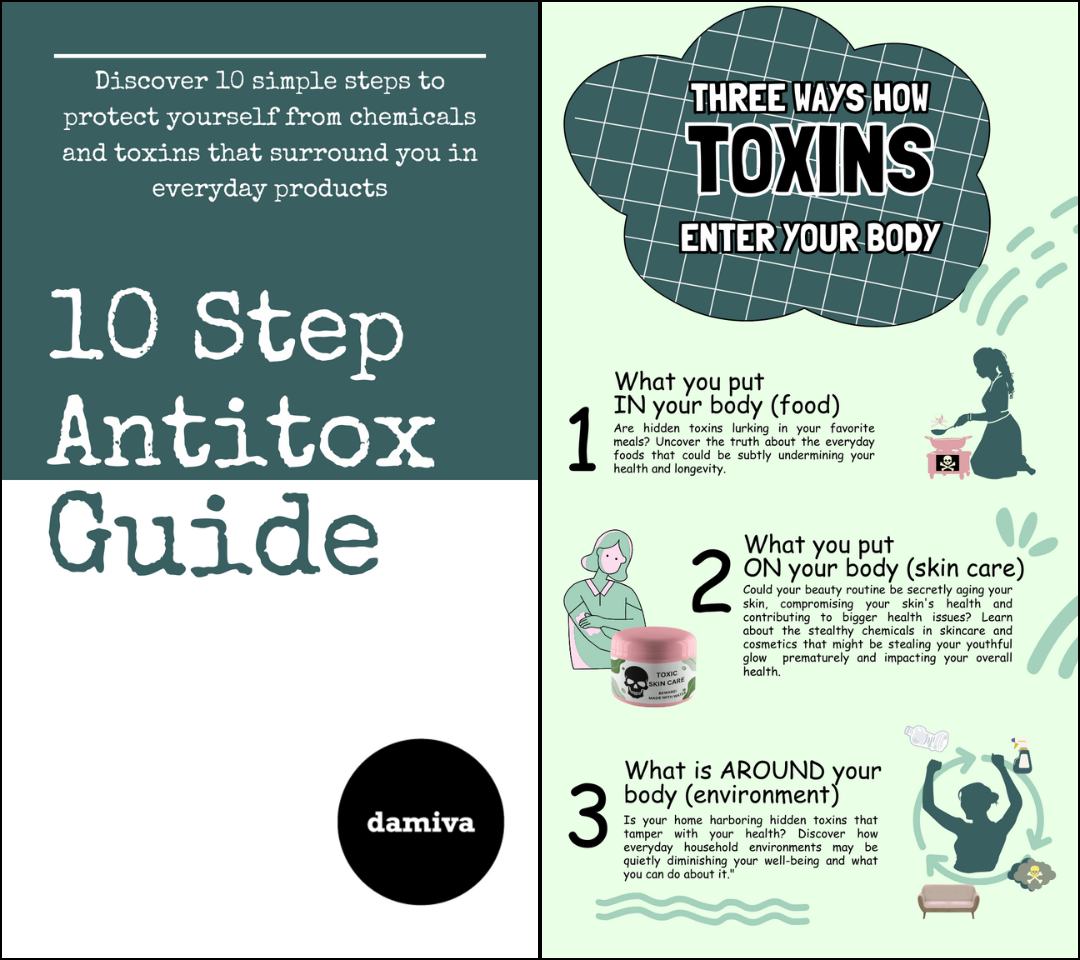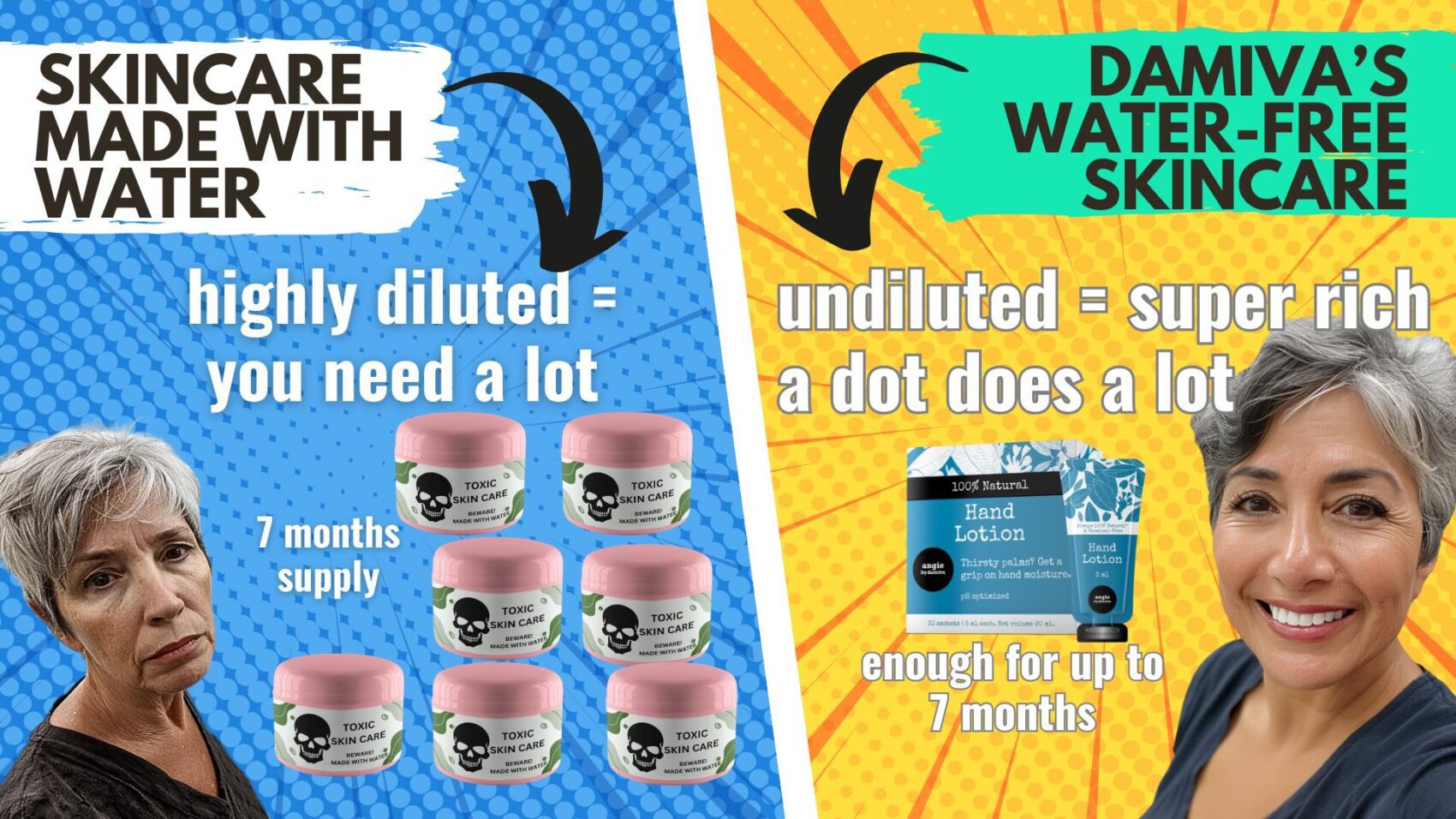Introduction
Overview of BPA and its prevalence in packaging
Bisphenol A (BPA) is a synthetic compound extensively utilized in the production of polycarbonate plastics and epoxy resins. Its applications are widespread, found in a myriad of products from water bottles and food containers to medical devices and thermal paper. Despite its utility, BPA has become a topic of concern due to its ability to leach out from packaging materials and potentially contaminate the contents within, including skincare products.
Potential health concerns associated with BPA exposure
The potential health risks of BPA exposure have been a subject of scientific scrutiny. Studies have linked BPA to various health issues, including hormonal disruptions, reproductive problems, and increased risk of certain cancers. Its ability to mimic estrogen can lead to endocrine system imbalances, raising particular concerns for vulnerable populations such as pregnant women and children. Moreover, BPA’s presence in everyday items makes it a near-ubiquitous contaminant, with most individuals having detectable levels in their bodies.
Importance of understanding BPA’s impact on skincare products
Understanding the impact of BPA on skincare products is crucial for several reasons. The skin, being the largest organ of the body, is a significant route of exposure to environmental chemicals. Skincare products are often used daily and in direct contact with the skin, potentially leading to increased and prolonged exposure to BPA. Furthermore, the personal care industry is a multi-billion dollar sector where consumer safety is paramount. As such, elucidating the extent to which BPA can seep into skincare products and the subsequent health implications is essential for informed consumer choices and regulatory actions.

Do you have the most commonly used but toxic, disease bringing chemicals in your skin care? Many chemicals in skincare are hormone disruptors and make menopause symptoms worse.
Find out more…
Understanding Bisphenol A (BPA)
Chemical properties and uses of BPA
Bisphenol A (BPA) is an industrial chemical primarily used in the production of polycarbonate plastics and epoxy resins. With its molecular formula C15H16O2 and molar mass of 228.29 g/mol, BPA is characterized by two phenol functional groups connected by a propane bridge. Its ability to harden plastics and make them shatterproof has led to its widespread use in a variety of consumer goods, including water bottles, sports equipment, medical devices, and as a lining for metal food and beverage cans to prevent corrosion and contamination.
Historical context and regulatory status
First synthesized in 1891 by Russian chemist Aleksandr Dianin, BPA’s commercial use began in the 1950s. Regulatory agencies, such as the U.S. Food and Drug Administration (FDA) and the European Food Safety Authority (EFSA), have evaluated the safety of BPA extensively. While some studies have raised concerns about BPA’s safety, particularly in relation to its estrogen-mimicking effects, regulatory bodies have generally maintained that BPA is safe at the low levels typically found in foods. However, due to public pressure and ongoing research, the FDA has banned BPA in certain products like baby bottles and sippy cups, and many manufacturers have voluntarily removed BPA from their products.
BPA in the context of endocrine disruption
BPA is known to exhibit hormone-like properties, which have raised concerns about its classification as an endocrine-disrupting chemical (EDC). EDCs can interfere with the body’s endocrine system and produce adverse developmental, reproductive, neurological, and immune effects in both humans and wildlife. BPA’s ability to bind to estrogen receptors allows it to mimic the body’s own hormones, potentially leading to a variety of health issues. Research has shown that even at low exposure levels, BPA can influence cell proliferation pathways, potentially affecting breast tissue development and increasing cancer risk. Additionally, BPA exposure has been linked to altered thyroid hormone signaling and obesity, highlighting the complex and far-reaching implications of this chemical on human health.
BPA in Packaging Materials
Common types of packaging that contain BPA
Bisphenol A (BPA) is commonly found in various types of packaging materials. One of the most prevalent uses of BPA is in the production of polycarbonate plastics, which are clear, sturdy, and have a high resistance to heat. These plastics are often used for water bottles, sports equipment, and medical devices. Additionally, BPA is present in epoxy resins that are used to line the inside of metal-based food and beverage cans, providing a protective barrier between the metal and the product to prevent corrosion and contamination.
Other packaging items that may contain BPA include thermal paper used for receipts, dental sealants, and various household goods. Despite its widespread use, the potential health risks associated with BPA have led to increased consumer awareness and demand for BPA-free products.
The role of BPA in packaging durability and longevity
BPA plays a critical role in enhancing the durability and longevity of packaging materials. In polycarbonate plastics, BPA contributes to the material’s impact resistance, clarity, and high-temperature stability. This makes the packaging less likely to crack or break, ensuring the safety and integrity of the product within. Similarly, BPA-containing epoxy resins create a strong and resistant lining for cans, which is essential for preventing leaks and preserving the quality and flavor of food and beverages.
These properties have made BPA a popular choice in packaging applications where product protection is paramount. However, the potential for BPA to leach into food and beverages, particularly when containers are exposed to high temperatures or harsh conditions, has raised concerns about its safety in food contact materials.
Alternatives to BPA in packaging
In response to consumer demand and regulatory changes, the industry has developed several alternatives to BPA in packaging. Some of these alternatives include:
- BPA-free polycarbonates: These are made using different monomers instead of BPA, providing similar qualities without the associated risks.
- Bioplastics: Derived from renewable biomass sources, such as vegetable fats, corn starch, or microbiota, bioplastics offer a more sustainable and often safer option.
- Recycled PET: Polyethylene terephthalate (PET) is a recyclable material that does not require BPA for its production, making it a safer choice for food and beverage containers.
- Glass: A timeless alternative, glass is free from BPA and other potential contaminants, though it may not offer the same durability as some plastics.
Manufacturers are also exploring coatings and linings for metal cans that do not contain BPA, ensuring the safety of canned goods. As the industry continues to innovate, it is likely that more BPA-free materials will become available, providing safer packaging options for consumers and reducing the potential for harmful chemical exposure.

Doubting chemicals in skincare and femcare? Well done! Choose chemical-free products whenever possible.
The Science of BPA Transfer
How BPA can leach into products
Bisphenol A (BPA) is a chemical compound used in the manufacturing of various types of packaging, including polycarbonate plastics and epoxy resins. These materials are commonly found in food and beverage containers, as well as in packaging for skincare products. BPA can leach from these materials into the contents they hold, particularly when the packaging is exposed to heat, acidic or basic substances, or prolonged storage. This leaching occurs because BPA is not always firmly bound to the polymer matrix of the packaging material, allowing it to migrate into the product it is in contact with.
Factors affecting BPA migration into skincare
The migration of BPA into skincare products can be influenced by several factors:
- Temperature: Elevated temperatures can increase the rate of BPA migration. Skincare products stored in hot environments or exposed to heat during shipping may have higher levels of BPA.
- Product formulation: The chemical composition of the skincare product itself can affect BPA leaching. Products with certain solvents or pH levels may facilitate greater BPA migration.
- Duration of storage: The longer a product remains in contact with BPA-containing packaging, the more BPA may leach into it.
- Condition of the packaging: Damaged or degraded packaging can lead to increased BPA leaching.
Studies on BPA absorption through the skin
While ingestion is a well-recognized pathway for BPA exposure, the potential for BPA to be absorbed through the skin is an area of growing research interest. Studies have shown that BPA can be absorbed dermally, and certain conditions, such as the presence of skin penetration enhancers commonly found in hand sanitizers and lotions, can significantly increase the rate of absorption. Research published by the University of Missouri and the Universite de Toulouse found that when participants handled thermal receipts after using hand sanitizer, the amount of BPA transferred to the hand and subsequently absorbed into the body was substantially higher than when a dry hand was used.
These findings suggest that BPA in skincare products could be absorbed through the skin, potentially leading to systemic exposure. However, the extent of absorption and the resulting health effects require further investigation to fully understand the implications for consumers using BPA-containing skincare products.

Popular Read: Endocrine Disruptors in Skincare: What You Need to Know
Health Implications of BPA
Short-term and long-term health effects of BPA exposure
Bisphenol A (BPA) is a chemical compound found in a variety of consumer products, including food packaging and plastic containers. Exposure to BPA can occur through ingestion, inhalation, and dermal contact. Research has linked both short-term and long-term exposure to BPA with a range of adverse health effects.
Short-term exposure to high levels of BPA may lead to acute symptoms such as skin irritation, respiratory discomfort, and gastrointestinal issues. However, it is the long-term, low-dose exposure that raises significant concerns. Chronic exposure to BPA has been associated with endocrine disruption, leading to potential impacts on reproductive health, including fertility issues and developmental abnormalities. Additionally, BPA exposure has been linked to an increased risk of cardiovascular disease, metabolic disorders such as diabetes, and certain types of cancer.
Specific concerns for women’s health and hormonal balance
Women’s health is particularly susceptible to the effects of BPA due to its estrogen-mimicking properties. BPA can bind to estrogen receptors, potentially leading to hormonal imbalances that can affect menstrual cycles, menopause symptoms, and even increase the risk of hormone-related cancers such as breast cancer. Pregnant women exposed to BPA may also risk adverse outcomes for their unborn children, including potential impacts on brain development and the immune system.
Links between BPA and aging-related health issues
Emerging research suggests that BPA exposure may also be linked to aging-related health issues. BPA’s role as an endocrine disruptor can contribute to age-related hormonal changes, potentially exacerbating conditions such as osteoporosis, cognitive decline, and decreased muscle mass. Furthermore, BPA’s impact on oxidative stress and inflammation may accelerate the aging process and increase the vulnerability to age-associated diseases.
In conclusion, the health implications of BPA exposure are wide-ranging and particularly concerning for vulnerable populations such as women and the elderly. As evidence mounts regarding the potential risks associated with BPA, it is crucial for consumers to be informed and for regulatory agencies to consider stricter controls on BPA use in consumer products.
Consumer Awareness and Safety Measures
How to Identify BPA-Free Products
Identifying BPA-free products is crucial for consumers who wish to limit their exposure to Bisphenol A. Manufacturers often label their products as “BPA-free” if they do not contain the chemical. Look for products with a “BPA-free” sticker or imprint, especially when selecting food containers, water bottles, and baby products. Additionally, plastics marked with recycling codes 1, 2, 4, 5, and 6 are typically BPA-free, whereas code 7 may indicate the presence of BPA unless stated otherwise.
Regulations and Labeling of BPA in Consumer Products
The regulation of BPA in consumer products varies by region and country. In the United States, the Food and Drug Administration (FDA) has banned the use of BPA in baby bottles, sippy cups, and infant formula packaging. However, BPA is still permitted in other food contact materials. The FDA requires that any BPA used in food contact materials must be safe and meet specific migration limits to ensure consumer safety. Consumers can stay informed about BPA regulations by checking the FDA’s updates and looking for products that comply with these standards.
Tips for Minimizing BPA Exposure in Daily Life
Minimizing BPA exposure in daily life involves a few practical steps:
- Avoid heating food in plastic containers: Heat can cause BPA to leach out of plastics. Use glass, porcelain, or stainless steel containers for microwaving and storing hot foods and liquids.
- Reduce the use of canned foods: Many metal cans are lined with BPA-containing epoxy resins. Opt for fresh, frozen, or glass-stored foods when possible.
- Choose BPA-free baby products: Select baby bottles, cups, and other products specifically labeled as BPA-free to ensure the safety of infants and young children.
- Be cautious with receipts: Some thermal paper receipts contain BPA. Handle receipts minimally and wash hands after touching them.
- Support eco-friendly and BPA-free brands: Purchase from companies that are transparent about their use of BPA-free materials and support sustainable practices.
By taking these steps, consumers can significantly reduce their BPA exposure and contribute to a healthier lifestyle and environment.
How to Identify Chemical-Free Skincare Products
Identifying chemical-free skincare products is a straightforward process if you know what to look for. The key is to take a quick look the ingredient list of a product make sure water (aqua, eau, juice) is not listed among the ingredients. This is because the presence of water in a product necessitates the use of preservatives, which are often chemical-based, to prevent the growth of bacteria, mold, and microbes. These preservatives, while effective at maintaining product integrity, can have adverse effects on human health, including skin irritation and hormonal disruption.
Usually you will find it at the top of the list. The presence of water in skincare products is so common that it might seem challenging to find alternatives. However, there are brands that have recognized this issue and have developed innovative solutions. One such brand is Damiva. They have developed a water-free skincare line that is not only devoid of harmful chemicals but also patented for its unique formulation.
Damiva’s water-free skincare products are a testament to the fact that effective skincare does not have to rely on potentially harmful chemicals. These products are designed to be safe for long-term use, providing the benefits of skincare without the associated risks of chemical exposure. This makes them an excellent choice for those who are conscious about the ingredients in their skincare products and are seeking healthier alternatives. By choosing such products, you can take care of your skin while also prioritizing your overall health and well-being.
Do you know the 3 main ways how your body is exposed to harmful chemicals, which affect your hormones, your thyroid, health and beauty?
If not, it may be time to learn about them. It takes about 1-2 minutes.
We have a few suggestions how to avoid these silent health and immune system killers in our new guide.

Conclusion
Summary of BPA’s impact on skincare and health
The exploration of Bisphenol A (BPA) in packaging materials and its potential to seep into skincare products has unveiled a complex landscape of chemical interactions and health implications. BPA, a chemical with estrogenic activity, is widely used in the production of polycarbonate plastics and epoxy resins found in various packaging materials. Studies have shown that BPA can leach into products, including skincare items, raising concerns about its impact on human health. The endocrine-disrupting properties of BPA have been linked to a range of health issues, from hormonal imbalances and reproductive disorders to potential effects on fetal development and increased risks for certain cancers.
Empowering consumers through education and informed choices
Consumer awareness is a critical step towards mitigating the risks associated with BPA exposure. By understanding the sources of BPA and its potential effects, consumers can make informed decisions about the products they use. Identifying BPA-free products through clear labeling and opting for alternatives with safer packaging can significantly reduce exposure. Additionally, advocating for stricter regulations and supporting research on BPA substitutes can drive industry change and promote public health.
The future of BPA-free products and industry trends
The demand for BPA-free products is on the rise, prompting manufacturers to seek safer alternatives for packaging materials. The industry is witnessing a shift towards materials that do not leach harmful chemicals, with innovations in biodegradable and plant-based options gaining traction. Regulatory bodies are increasingly recognizing the need for stringent safety assessments and updated guidelines to protect consumers. As scientific understanding of BPA’s effects continues to evolve, it is anticipated that the trend towards BPA-free products will grow, reflecting a broader movement towards health-conscious consumption and sustainable practices.


















